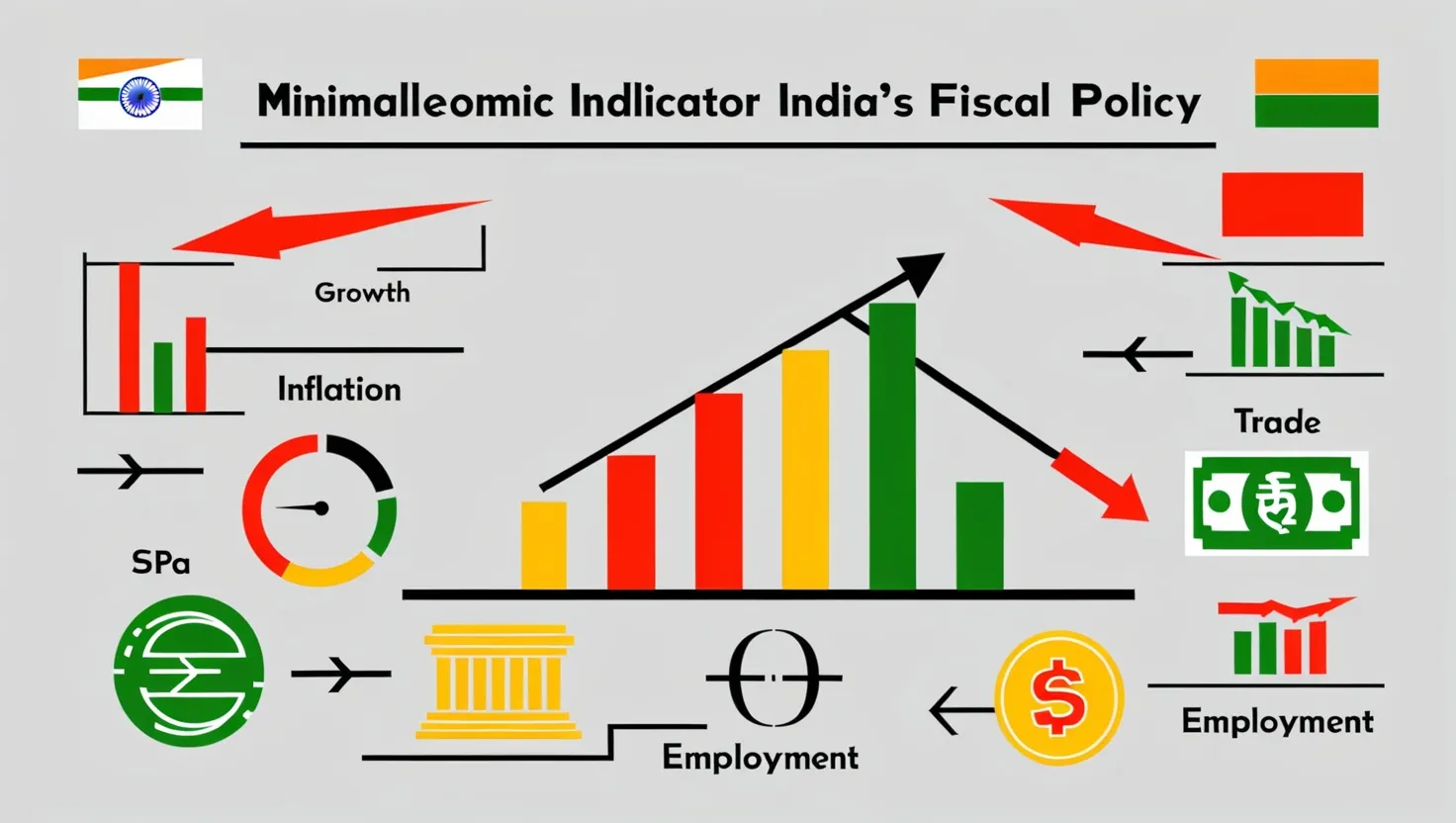As I reflect on the recent judicial landscape in India, I’m struck by how profoundly court verdicts are reshaping governance and policy. The Supreme Court, in particular, has handed down several landmark rulings that are sending ripples through the corridors of power. Let’s explore some of the most impactful pronouncements and their far-reaching consequences.
The electoral bonds verdict stands out as a watershed moment for political transparency. By striking down the opaque funding scheme, the Court has fundamentally altered the rules of the game. No longer can parties and donors operate in the shadows. This ruling forces a reckoning - how will our democracy adapt to this new era of openness? Will we see a shift towards smaller donations from ordinary citizens rather than large corporate contributions?
“There is no free lunch in this world. You pay for it in the end.” - Justice Chandrachud’s words in the electoral bonds judgment cut to the heart of the matter. The price of secrecy in political funding, it seems, was the erosion of electoral integrity.
The pandemic years brought unprecedented challenges, testing the limits of executive authority during a public health crisis. Recent court decisions have sought to define those boundaries more clearly. While acknowledging the need for swift action in emergencies, judges have emphasized that even crisis powers must be exercised within constitutional guardrails.
This judicial pushback raises intriguing questions: How do we balance public safety with individual liberties in times of crisis? What checks and balances are needed to prevent overreach?
Federalism has been another arena of judicial intervention, with courts refereeing disputes between the center and states. Recent verdicts have reasserted the federal nature of our polity, reminding an assertive central government that states are not mere administrative units but co-equal partners in governance.
I’m particularly struck by how these rulings are reshaping center-state dynamics. Will we see more cooperative federalism or increasing friction? How will this impact policy implementation across the country?
On the contentious issue of reservations, the judiciary has sought to strike a delicate balance. While upholding the basic structure of affirmative action, recent interpretations have introduced nuances - emphasizing the need for periodic review, advocating for data-driven approaches, and cautioning against perpetual quotas.
“The idea of reservations is not to perpetuate backwardness,” one judgment noted. This perspective challenges us to think - how can reservation policies evolve to remain relevant and effective tools for social justice?
The right to information has been another area of judicial activism. Courts have consistently expanded the scope of transparency laws, pushing back against attempts to shield decision-making processes from public scrutiny. Bureaucrats and ministers alike are being held to higher standards of accountability.
I can’t help but wonder - how will this culture of openness transform governance in the long run? Will it lead to more thoughtful policymaking or paralyze officials with the fear of every decision being second-guessed?
Environmental jurisprudence has seen courts take an increasingly proactive stance. From air pollution in cities to deforestation in ecologically sensitive zones, judges are no longer hesitant to intervene directly in policy implementation. This judicial environmentalism is reshaping how India balances development with ecological concerns.
But it also raises questions about institutional roles. Are courts the right forum to make complex policy trade-offs? Or is this judicial activism a necessary corrective to administrative apathy?
Finally, the digital age has brought new challenges, with courts grappling with issues of privacy, surveillance, and online rights. Recent verdicts have sought to define the contours of digital governance - setting limits on data collection, emphasizing consent, and pushing for robust safeguards against misuse.
“In the digital world, privacy is a fundamental right,” declared one judgment. But how do we operationalize this right in an age of ubiquitous data? What does meaningful consent look like when our digital footprints are so vast and interconnected?
As I ponder these rulings, I’m struck by how they’re collectively reshaping the relationship between different branches of government. The judiciary is asserting itself not just as an arbiter of disputes but as an active participant in governance and policymaking.
This judicial assertiveness is not without controversy. Critics argue that courts are overstepping their constitutional role, encroaching on domains better left to elected representatives and subject matter experts. Supporters counter that judicial intervention is often the last recourse against administrative failures and policy paralysis.
Where do you stand on this debate? Is judicial activism a necessary safeguard or a threat to democratic processes?
Regardless of one’s stance, it’s clear that these verdicts are profoundly influencing how India is governed. They’re forcing a re-evaluation of long-standing practices, introducing new checks and balances, and reshaping the policy landscape across domains.
For citizens, these rulings offer both opportunities and challenges. Greater transparency and accountability in governance are undoubtedly positive developments. But they also demand more engaged and informed civic participation. Are we ready to shoulder that responsibility?
For policymakers and administrators, the evolving judicial landscape necessitates a more nuanced approach to governance. Gone are the days when executive decisions could be made in isolation. Today’s bureaucrats and ministers must be mindful not just of political considerations but also of potential judicial scrutiny.
This new reality raises its own set of questions. Will the fear of judicial review lead to policy paralysis? Or will it foster more thoughtful and consultative decision-making processes?
As we navigate this changing landscape, it’s worth reflecting on the broader implications for India’s democratic journey. Are we witnessing a recalibration of institutional checks and balances? Or is this judicial assertiveness a temporary phase that will eventually settle into a new equilibrium?
“The Constitution is not a mere lawyers’ document, it is a vehicle of Life, and its spirit is always the spirit of Age,” said B.R. Ambedkar. Perhaps these judicial pronouncements are simply the Constitution adapting to the needs and challenges of our times.
What’s undeniable is that these verdicts are not mere legal abstractions. They have tangible impacts on governance, policymaking, and ultimately, the lives of ordinary citizens. From how political parties are funded to how our data is protected, from how states assert their rights to how we balance development with environmental concerns - these rulings are reshaping the rules of engagement across domains.
As we look to the future, it’s clear that the interplay between judiciary and governance will continue to evolve. New challenges will emerge, testing the boundaries of existing legal frameworks and demanding fresh judicial interventions.
How do you see this relationship developing in the coming years? Will we see a more activist judiciary or a return to judicial restraint? How can we ensure that this evolving dynamic strengthens rather than undermines our democratic institutions?
These are not easy questions to answer. But engaging with them is crucial for anyone seeking to understand the forces shaping India’s governance landscape. As citizens, policymakers, or simply interested observers, we all have a stake in how this judicial-governance tango plays out.
In conclusion, these seven judicial pronouncements offer a window into the complex, often contentious, but ultimately vital role that courts play in shaping India’s governance. They remind us that in a vibrant democracy, the law is not static but a living, breathing entity that evolves with the times.
As we navigate the challenges of the 21st century, these verdicts will undoubtedly continue to influence how India is governed. Our task is to engage critically with them, understanding their implications and contributing to the ongoing dialogue between citizens, policymakers, and the judiciary.
After all, in a democracy, the ultimate arbiter is not the court or the government, but the informed and engaged citizen. How will you engage with these evolving dynamics of governance and justice?






